I’ve been a reporter in and around the video game industry for over 20 years. When I pitched this column to Hard Drive, it was in the hopes that I’d finally get to do something with the dozens of indie games that get sent to me every month. I was about half right, as while I did get to talk about something new every Friday, Game Night promptly developed its own exclusive pile of shame.
Typically, these were games that required more of a time investment than I could handle at the time; which I hadn’t heard about until they were already a couple of months old; or which showed up in a broken state. More often, they just got lost in the shuffle.
Now that we’ve hit what appears to be the January slowdown, I’ve been playing through a bunch of the games that I meant to cover before now, in an attempt to clear the slate. Here are some thoughts on the best, or at least most memorable, of what’s left.
Alice’s Lullaby – Ape Law

Remember Albino Lullaby? It came out back in 2015 as the first entry in what was ostensibly an episodic narrative/stealth/adventure game, self-billed as a “Lynchian psychological nightmare.” Then the developers went dark for over 9 years. While Albino’s follow-up chapters were listed on Steam, it seemed safe to assume they were vaporware.
Surprise. Alice’s Lullaby came out with minimal fanfare on Oct. 8, and if anything, it’s a more uncomfortable (complimentary) experience than its predecessor. The first 20 minutes are a barrage of animal slaughter, child abuse, discordant pseudo-music, and a horde of monsters that look like angry faces drawn on severed thumbs. Playing Alice’s Lullaby feels like you’ve signed up to have several other people’s nightmares at once.
Like Albino, half of Alice’s impact comes from its lack of guidance or guardrails. It offers a little more of an initial plot hook than Albino did, but still drops you into the middle of a surreal situation without guidance or explanation. You’re trapped in an abandoned underground settlement with the mutant remnants of a cult, out to save a girl who’s been dead since before you were born. Somehow. I think.
The result is an effectively creepy thriller, but much of its impact depends on your individual tolerance for media that actively tries to upset you. Right from the start, you’re supposed to be lost, confused, and off-balance. It’s not even an acquired taste; this is either for you or it’s not, with no middle ground. I think I could really get into the Lullaby games if I was in the right mood, but I have no idea what that mood could be.
Anger Foot – Free Lives/Devolver Digital
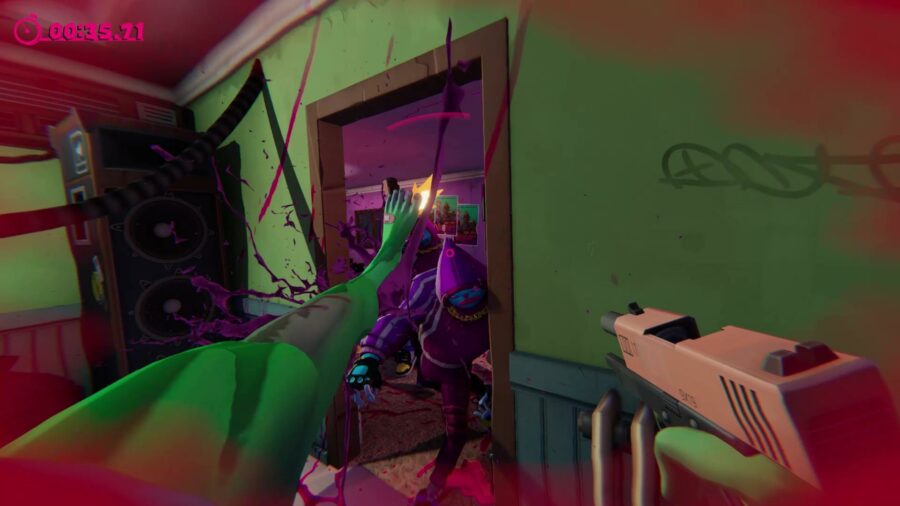
You can get Anger Foot (July 11, Steam) in a bundle with Mullet Mad Jack at the time I’m writing this, which is really convenient for me. Much of what I wrote about Jack applies just as well here: it’s a high-speed, short-run FPS where every enemy dies in one hit.
More importantly, it’s a love song to the big front kick. Every stage in Anger Foot is 60 to 180 seconds of flimsy excuses to apply boot to ass, face, chest, and door. It’s clearly the work of people who love games like Dark Messiah, Bulletstorm, or Dying Light, where 90% of the combat revolves around punting fools into deep pits or live wires.
Anger Foot is also deliberately shallow, has too much random toilet humor for my tastes, and has a visual style that looks like you’re fucking up a bunch of Temu Muppets. (Alternative joke: it’s Berry Gordy’s Meet the Feebles.) It’s proudly, gleefully dumb, but it’s hard to really dislike, especially when I get to kill some random moron by kicking his door into his face.
Arco – Franek Nowotniak, Max Cahill, José Ramón “Bibiki” García, Antonio Uribe/Panic
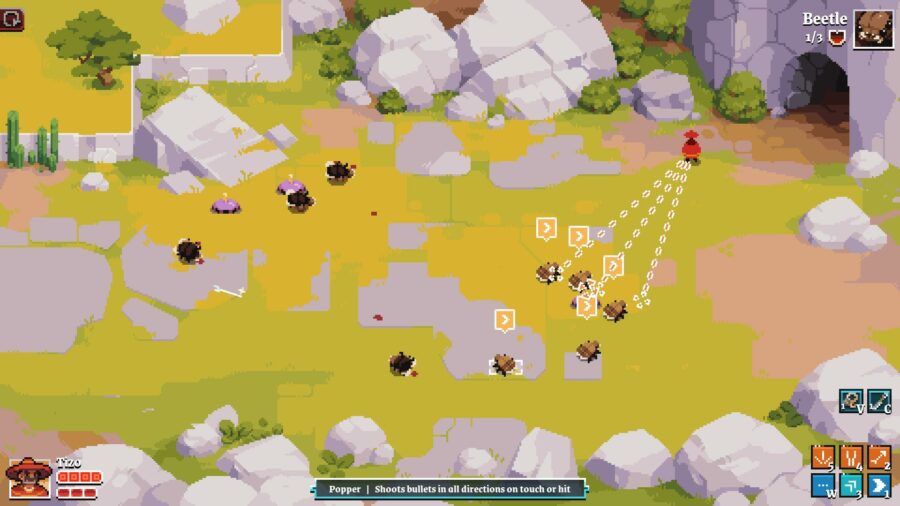 Arco got on my radar a few months ago when I saw its lead developer complain on Twitter that he was having a hard time finding an audience for it. Now that I’ve played it, I can see why.
Arco got on my radar a few months ago when I saw its lead developer complain on Twitter that he was having a hard time finding an audience for it. Now that I’ve played it, I can see why.Arco (Steam and Switch, Aug. 15) is a hybrid of a real-time strategy game, an RPG, and a bullet hell shooter, set against the backdrop of a Mesoamerican-styled fantasy Western. You play as a group of four characters, starting with an embittered mercenary, who set out on a mission of revenge across the frontier.
Any fantasy game that isn’t running off the post-Tolkien Dungeons & Dragons playbook gets some points from me right at the start (see also 2021’s Cris Tales), and Arco has a quiet emotional edge that pulls you in almost immediately. It’s like Unforgiven with alpacas.
Its biggest problem might be its difficulty. You’ll get the hang of its odd combat system after a couple of battles, but the biggest problem is that you keep showing up to gunfights with a knife and a bow. That works about as well as you’d think it would.
If you stick it out for the first hour, there’s a solid, memorable game here, but I’ve been vaporized in too many random bandit crossfires to give Arco an unqualified recommendation. It’s ambitious, and it’s absolutely worth a look if you want a unique RPG, but it’s tough in ways that don’t feel entirely intentional.
Athena Crisis – Nakazawa Tech/Null Games
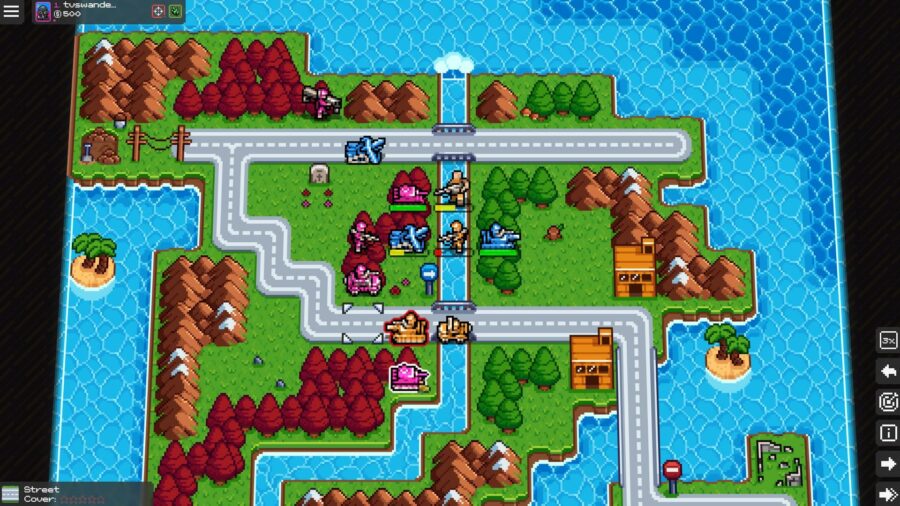 Elephant in the room: Athena Crisis is not a “retro-inspired” strategy game. It is not a deliberate homage to the great portable tactics games of the 2000s. That is marketing spin. Athena Crisis wants to be Advance Wars. It stole its clothes, it mimicked its haircut, it’s befriended its loved ones.
Elephant in the room: Athena Crisis is not a “retro-inspired” strategy game. It is not a deliberate homage to the great portable tactics games of the 2000s. That is marketing spin. Athena Crisis wants to be Advance Wars. It stole its clothes, it mimicked its haircut, it’s befriended its loved ones.To double back, in case you aren’t as painfully old as I am, Athena Crisis (Steam, Sept. 23) is a turn-based strategy game that hearkens back to the big library of similar releases on the Game Boy Advance and Nintendo DS. In a tactical challenge that’s pitched like Fisher-Price’s My First Tank Battalion, you take control of the Pink Army to defend your nation against the encroaching Orange Army.
In fairness, Athena Crisis does come off like it’s trying to improve on its inspirations. Crisis is open-source, and features online gameplay, a long single-player campaign, and community-created campaigns and maps. It’s a little too weirdly child-friendly for me, particularly in how it depicts an urban conflict theater with the same emotional weight as flag football, but I could see Athena Crisis being a hit with tactics fans. If nothing else, it’s perfect for portable systems like the Steam Deck.
Balatro – LocalThunk/Playstack
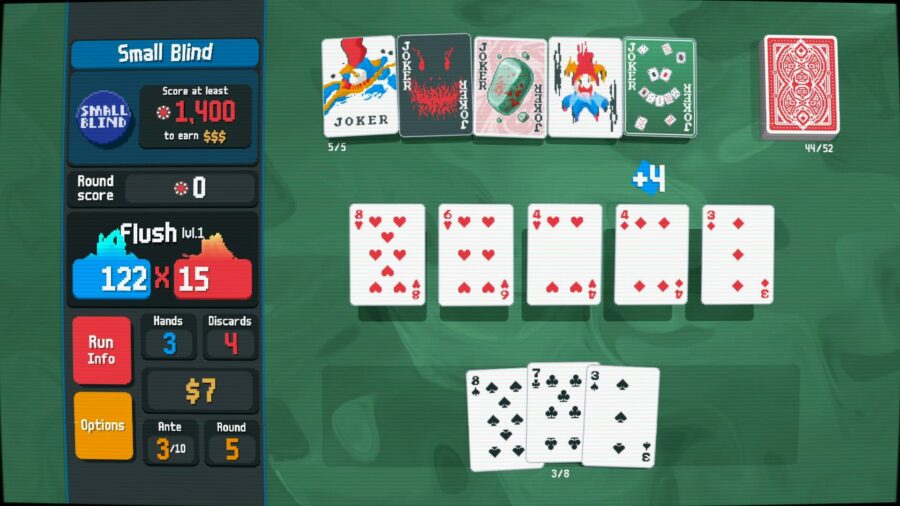
I didn’t play it. Everyone I know who did play it was describing it in terms that are ordinarily reserved for opiate addiction, and I had shit to do. It’s probably incredible. You knew that. Moving on.
The Coma 2B: Catacomb – Dvora Studio/Headup
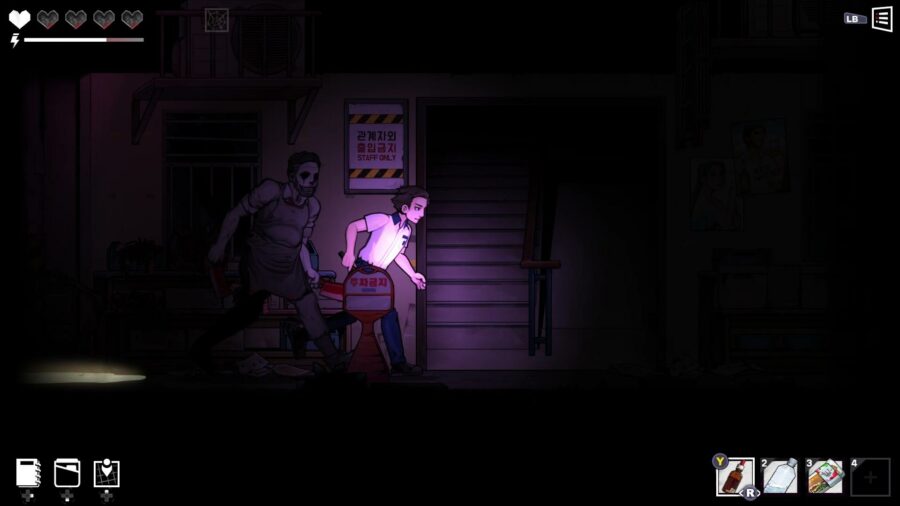
I don’t see many Western fans talking about the Coma series, which always struck me as being Korea’s answer to Clock Tower. They’re horror games set in a haunted school, where tormented students are stalked by a procession of possessed classmates and hostile ghosts. No combat is possible; you either run, hide, or die.
Coma 2B: Catacomb (PlayStation, Xbox, Switch, and PC, Oct. 25) is sort of the series’ Resident Evil 3, in that it’s a slightly unnecessary interquel that features a returning protagonist. Catacomb follows Youngho Choi, the protagonist of The Coma, during the events of The Coma 2. When he realizes his last week of exams has become an infinite loop, Youngho breaks free only to find himself stuck in the local spirit world. Now he’s got to dodge the more murderous locals and find a way to escape before he starves to death.
As you might expect from the description, this is not where you want to start with the series. Catacomb won’t make much sense unless you beat Coma 2. It’s also got some real issues in its back half that suggest that Catacomb was rushed to market. That said, if you like helplessness in your survival horror, Catacomb and the Coma series as a whole have a great sense of slowly mounting dread.
Cyberpulse – Scherzo Games/Digital Tribe

I’m lousy at Cyberpulse (Steam, May 21), but I suppose that’s part of the fun.
One of the lies I keep telling myself is that one day I’m going to regain my arcade shoot-’em-up cred, from back in the day when I could single-credit clear Life Force. It was in that spirit that I grabbed Cyberpulse, only to discover that it’s not a traditional example of the genre. Instead, it’s a bunch of different shoot-’em-ups packed into a single game.
As an antivirus program, your job is to track down hostile computer viruses throughout a long gauntlet of levels. Your central mechanic is creating a gravity wave in front of your ship that repels enemies that enter it, so they smash into each other or the closest wall. It’s Gradius as a demolition derby.
That’s the most common gimmick, but there are multiple modes in Cyberpulse that change things up by adding new rules, taking away the zone, adding power-ups, or throwing in new types of enemies. It ends up feeling like the Tetris Effect of arcade shooters, where each new stage might turn into Asteroids or R-Type or a Touhou game as you go.
The big drawback to Cyberpulse is its visual design, which is often a little too frantic to understand. About half my deaths come from how it’s hard to tell the difference at a glance between incoming enemy fire and score pickups. That could use a tweak, but the rest of the game is a unique spin on the “shmup” genre. It needs more love.
CYGNI: All Guns Blazing – KeelWorks/Konami
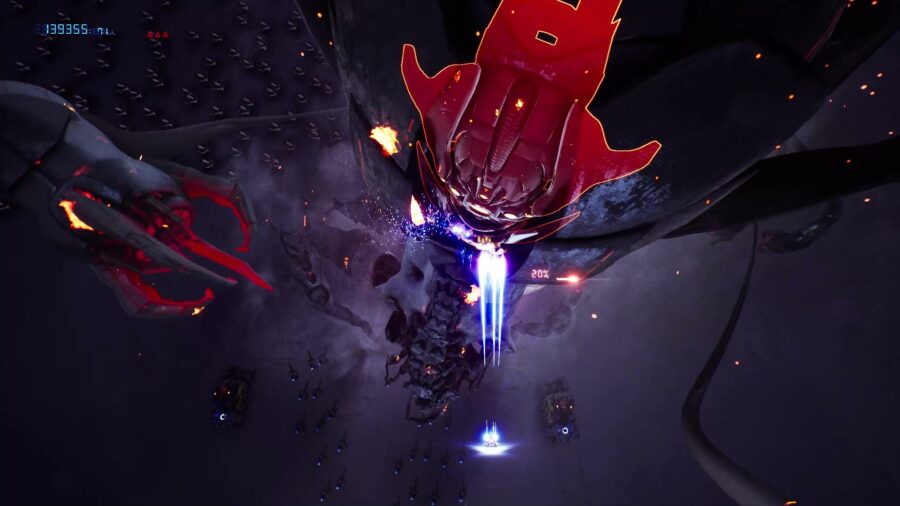
Speaking of shmups, CYGNI (PlayStation 5, Xbox, Steam, and Epic, August 6) is a new bullet-hell game with an odd rhythm to it. It’s the debut project from KeelWorks, a Scottish animation studio, and they gave it their all. If nothing else, CYGNI looks incredible, with all the weirdly organic enemy battleships you can handle.
In play, CYGNI reminds me of Treasure shooters, particularly Radiant Silvergun, and those arcade revivals that you used to see on Xbox Live Arcade like Hard Corps: Uprising. CYGNI takes the basic ‘90s shmup formula and builds a bunch of systems around it, such as ship upgrades, arsenal customization, and the ability to switch power between your shields and weapons on the fly.
It does highlight a couple of things about the basic arcade shooter formula that I realized I’d been taking for granted, like how the short levels give you built-in breaks from the action. Each mission in CYGNI is about as long as an entire game from the arcade days, and you’re expected to plow through each of them in a single sitting. If you’re playing on Medium or higher, you also only get one life. In a genre that’s otherwise full of relay races, CYGNI is a marathon. It’s a must-see for shmup fanatics, but for anyone else, it’s a steep climb.
Killing Time: Resurrected – 3DO/Nightdive Studios/Ziggurat Interactive
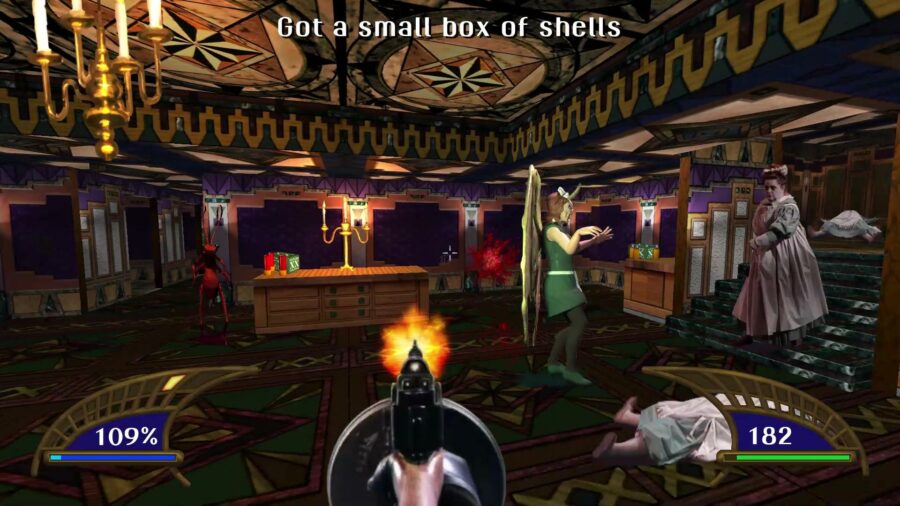
Nightdive Studios specializes in remastering and re-releasing old out-of-print PC and console games, which is often a mixed bag. For every game I’m glad they’re keeping in circulation, like Rise of the Triad, there’s something like PO’d that should’ve been released exclusively to libraries and forgotten by everyone else. Killing Time: Resurrected (PlayStation, Xbox, Switch, and PC via Steam and GOG, Oct. 17) is the former, as it feels like finding some missing link in FPS history.
The original Killing Time came out in 1996, as a first-party exclusive for the short-lived 3DO console. It’s a single-player FPS set during the US’s Prohibition era, where an heiress has accidentally brought down a curse on an isolated island. Now you’ve got to fight zombie bootleggers and giant ants to reach and destroy an ancient artifact.
I’d never heard any real talk about Killing Time, but it turns out that it was years ahead of the FPS curve. The whole game takes place on a single massive map that covers the entire island. You do have to hunt down a few keys to make progress, but otherwise you’re free to explore. It’s an open-world game from before anyone had coined the phrase.
On the other hand, it’s got some of the dumbest monster design I’ve ever seen. The enemies in Killing Time are goofy. It’s a game that has no idea whether it’s a spoof or not, with monsters like undead housekeepers, murder clowns, and a bunch of women in Spirit Halloween succubus costumes.
If you can get past that, Killing Time stacks up surprisingly well against most modern faux-retro “boomer shooters,” although you’ll want to play on higher difficulties. It’s fast, occasionally intense, and offers an entirely different sort of challenge than most of its contemporaries did.
Lorelei and the Laser Eyes – Simogo/Annapurna Interactive
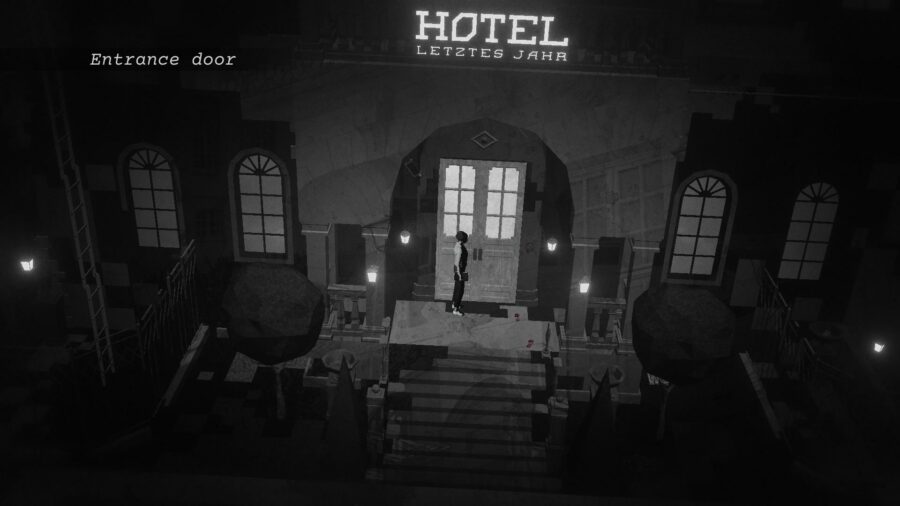
I heard about Lorelei and the Laser Eyes (Steam and Switch, May 16; PlayStation, Dec. 3) through pure word of mouth. Several different people independently mentioned that it was the business, and then I found out it was the latest project from the same team as Sayonara Wild Hearts. I’ve been meaning to play it all year.
It’s interesting to see the team officially confirm that Lorelei took some inspiration from the original Resident Evil, as my first impression of it was that it’s a survival horror game without the combat. Instead, it’s a gently spooky, surreal mystery set in a nearly abandoned hotel, where the current year seems to change from room to room. Your goal is to solve a gauntlet of increasingly surreal puzzles in order to figure out who you are, what’s going on, and why you’re here.
You could accuse Lorelei of favoring style over substance, particularly since its controls are distinctly wonky, but it’s smart and well-paced. You’re meant to wander around the hotel at your own speed and pick it apart like an onion. It’s a great way to spend a couple of lazy afternoons.
Marco: Beyond Brave – Studio Mechka
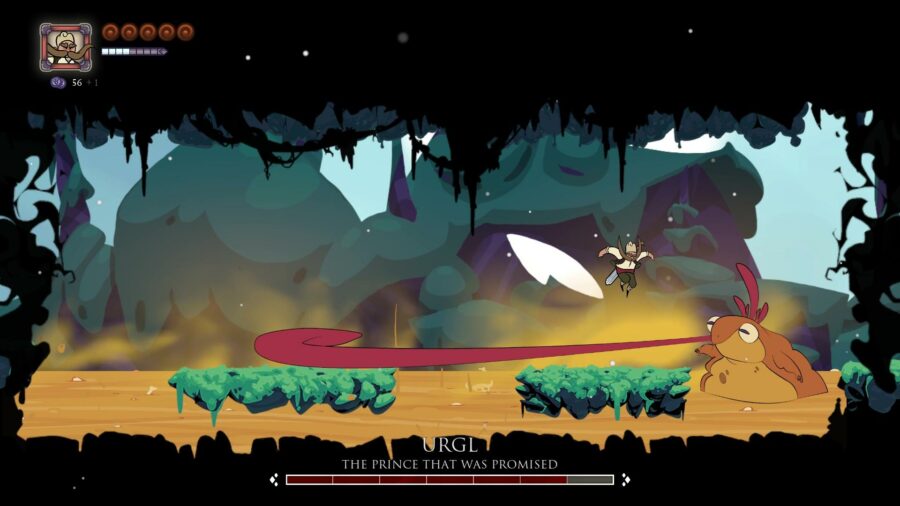
I got a code for Marko: Beyond Brave (Steam, Sept. 17) a couple of weeks ahead of its official release. On installation, however, it ran like—to use a term of journalistic art—hot ass. I assumed this was another case of an indie game that got rushed to release before it was actually ready and put it on the back burner.
I double-checked for this column and found that Marko’s been patched. Now it runs just fine, but that forces me to discuss its other problem: it’s about as generic a Metroidvania as you could get in 2024, with graphics that remind me of particularly ambitious Flash games. It’s not bad; it’s just kind of there.
This is the debut project from a small Bulgarian studio, so I want to cut it some slack, but Marko is in desperate need of some extra sauce. It’s got a little challenge to it, but it’s otherwise stuck in the dead center of the grading curve. That, in its own way, is remarkable.
Venture to the Vile – Studio Cut to Bits/Aniplex Inc.
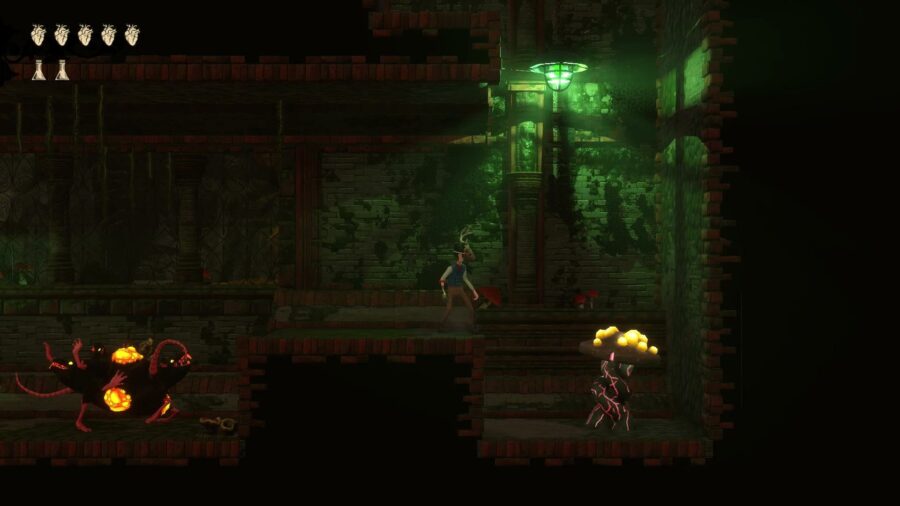
Back in November, when I was writing about how Soulslikes and Metroidvanias can be an awkward combination, I might as well have mentioned Venture to the Vile (Steam, PS4&5, Xbox, and Switch, May 22) by name. It’s got a solid premise, and I’m always interested in a deliberately creepy Metroidvania, but there’s too much Sekiro in Venture’s soup.
In a small village that’s under attack by a corruptive force, you’re the only person who’s survived exposure to the “Vile” without becoming a monster. Instead, you got a handful of beneficial mutations like a retractable claw. Thus equipped, you set out to explore the countryside in search of both a missing friend and a way to stop the Vile.
In theory, Venture has everything in its corner. The animation’s fluid, it has a distinct visual identity, it loves its body horror, and it features a big map with plenty of varying environments. The problem I ran into was with its combat, where every single enemy is best handled via a parry mechanic. You can walk up and just hit them if you want, but in practice, you want to either bait an attack and counter or not fight at all.
In a genre that I tend to define by its speed and fluidity, Venture to the Vile asks you to spend most of your time waiting for enemies to try and hit you. It was already testing my patience, and then I ran into a puzzle that I’m too color-blind to solve. I had to stop playing it.
Venture has some fans, and I can appreciate much of what it’s trying to do, but it’s built around truly obnoxious core mechanics. It might be worth a look if you enjoy tense, difficult Metroidvanias like Ender Lilies, but Venture to the Vile feels like a game that got wrecked by market forces. It’s got a bunch of Souls cruft that didn’t have to be here and it brings the whole thing down.




